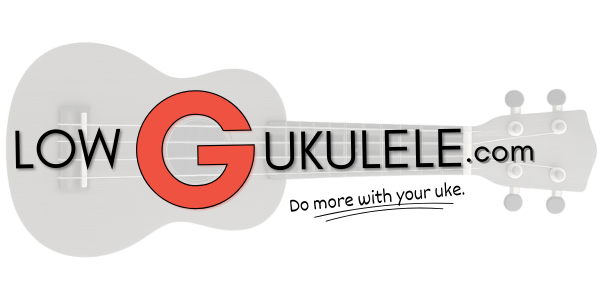Click here to jump straight to the TAB.
“Road to Boston” is a new song type for us, at least in part. While it may look like a polka with it’s 2/4 time, it has traditionally also been played as a march. Polkas tend to have a very bouncy feel to them, but marches are played more straight, mainly because they were actually used by fife players to keep a group of soldiers marching in time.
There is a good bit evidence out there that this tune was actually played during the American Revolution, but it also seems pretty clear that origins of the melody are much older than that, with similar pieces found in Ireland, France and elsewhere.
“Road to Boston” Playing Tips
Let’s talk about playing “Road to Boston” both as a march and as a polka. Marches, because you are meant to march to them, have a straight rhythm. You play them exactly as they are written without adding any emphasis or swing, so the first four bars of “Road to Boston”:

can be written with these rhythm syllables to get a march feel:
TA TI TI-RI | TI TI TI TI | TI TI TI TI | TI TI TI TI
But a polka is going to add a dotted feel to those sets of four eight notes, lengthening the first note of each measure and shortening the second. So you wind up with this rhythm syllable pattern:
TA TI TI-RI | TIM-ri TI TI | TIM-ri TI TI | TIM-ri TI TI
Except hold on, it’s not that simple. If you listen to “Road to Boston” as a march, then it is always played with a straight rhythm the way I’ve presented it above. But if you listen to a fiddle player tackle the tune, the dotted rhythm is sometimes there but sometimes isn’t. It’s subtle and kind of playful.
The main bounciness is actually going to come from the rhythm section, which will really play up the OOM-pa bounce of a polka, and then the instruments playing lead will weave in and out, sometimes embellishing and emphasizing the bounce and sometimes playing it straight to contrast with the rhythm.
Add to all of that the fact that polkas are usually played up-tempo, and your head will really be spinning trying to figure out exactly how you’re supposed to be playing this tune.
The good news is that the low G version of “Road to Boston” is in D, the same key you will almost always hear it played in elsewhere, so you can work on your polka rhythm by playing along to all the fiddle players on YouTube.
Click the link or the ‘Download’ button below to see the sheet music if your browser doesn’t display the embedded PDF.
Don’t have a low G uke? Not a problem. I’ve included a standard (high G) TAB for this song as well. Find the link at the bottom on the post. Happy picking!
“Road to Boston” Low G Sheet Music Download
“Road to Boston” High G Sheet Music Download

Leave a Reply